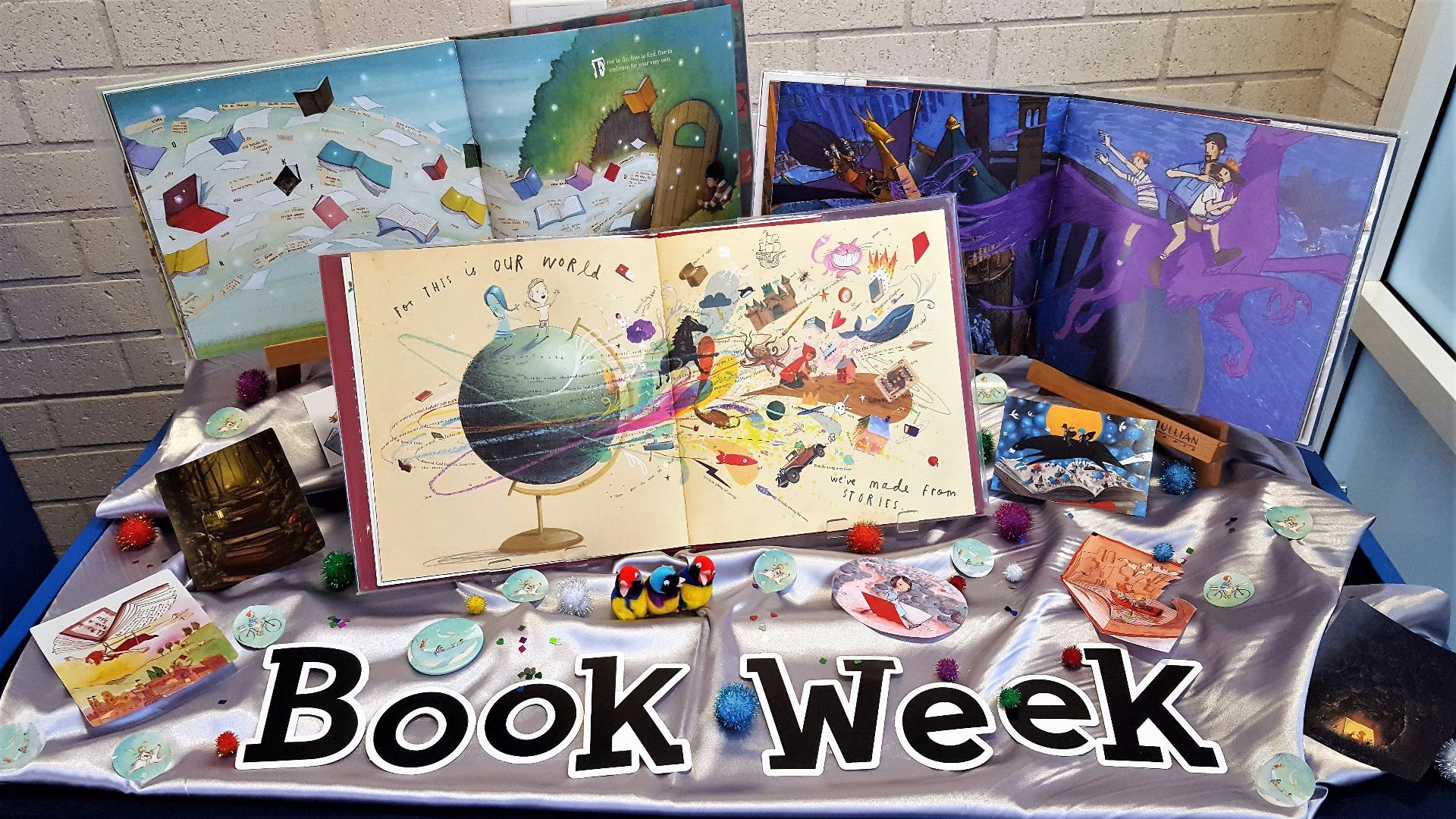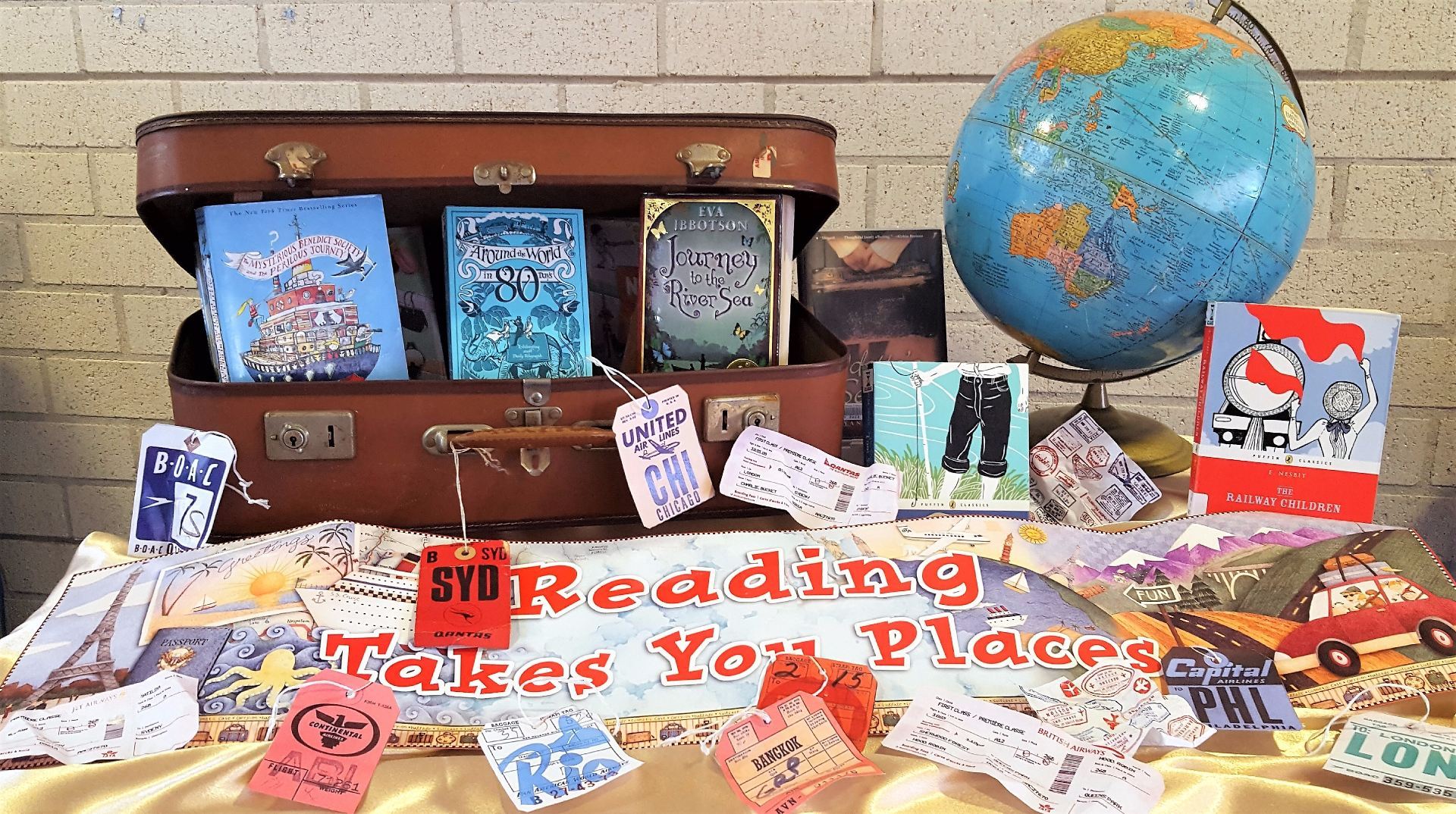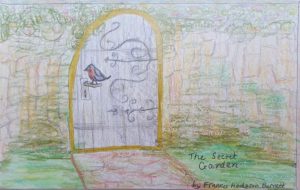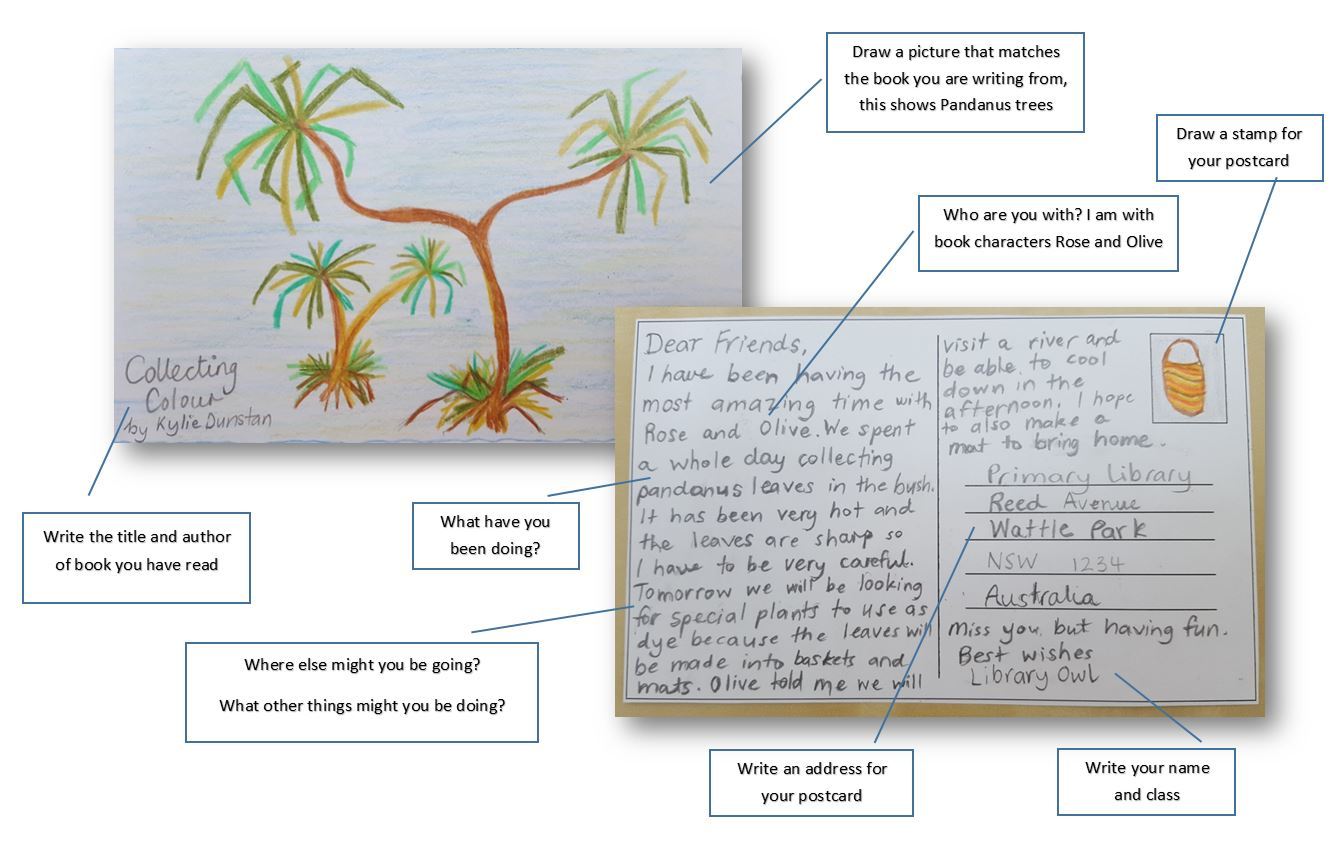
Diorama based on the book Perfect by Danny Parker
This post showcases the amazing dioramas Year 2 created for the CBCA Shortlist Early Childhood Books.
In summary, after reading each of the shortlist books small groups worked on specific questions related to elements of the story:
- Who is the main character? Are they human, an animal or an imagined character?
- Are there supporting characters? Are they human, an animal or imagined characters?
- Where is the story set? Is the setting realistic, magical, set in the past, present time or future?
- Identify a message or a lesson from the story.
- Identify a symbol (object, action, or expression) in the story.
- The story made a connection with me, it made me think about…
Once we had finalised the reading and summarising lessons students were placed in small groups and provided with a shortlisted book to focus on. The first task was to answer questions about the book and then allocate a job for each student before they could start with the design and construction of the dioramas each group had a conference to ensure all were on task and had appropriate roles. A diorama guide planning sheet was used to help plan work. To make life easier (I had four Year 2 classes complete this activity, 24 dioramas in total) I purchased diorama boxes from Clever Patch. Crepe and tissue paper, cellophane, pipe cleaners, glue are required, as are pencils and textas, watercolour paints – whatever you have in supply will work, a glue gun was very handy (teacher use only).
Below are work in progress samples and completed dioramas.
Additional information can be found in the lesson sequence. The response and planning sheets will help guide students through the stories and plan their dioramas.
[embeddoc url=”https://libraryowl.edublogs.org/files/2017/01/Early-Childhood-Shortlist-Story-elements-2hopugt-1pdbd0c.docx” width=”70%” height=”200px” download=”all” viewer=”google” ]
[embeddoc url=”https://libraryowl.edublogs.org/files/2017/01/Examining-picture-books-response-sheet-16nbstw-29f11kq.docx” width=”70%” height=”200px” download=”all” viewer=”google” cache=”off”]
[embeddoc url=”https://libraryowl.edublogs.org/files/2017/01/Diorama-planning-sheet-q4fpux-xz0d9f.docx” width=”70%” height=”200px” download=”all” viewer=”google” ]























